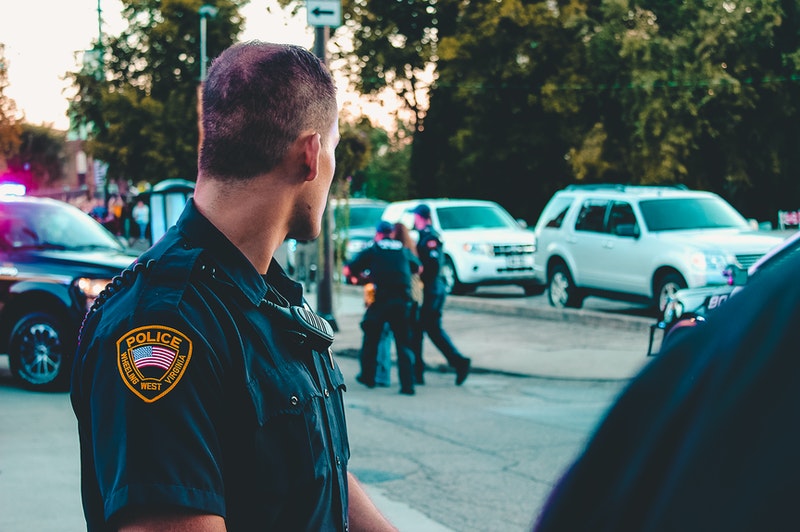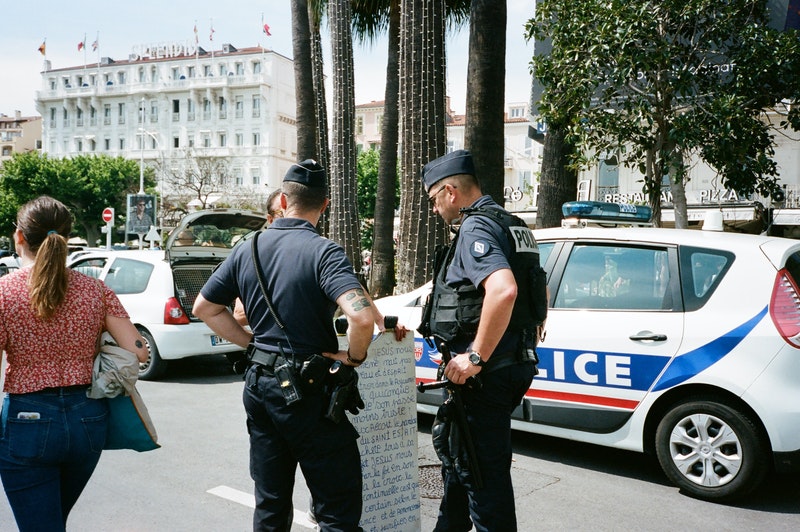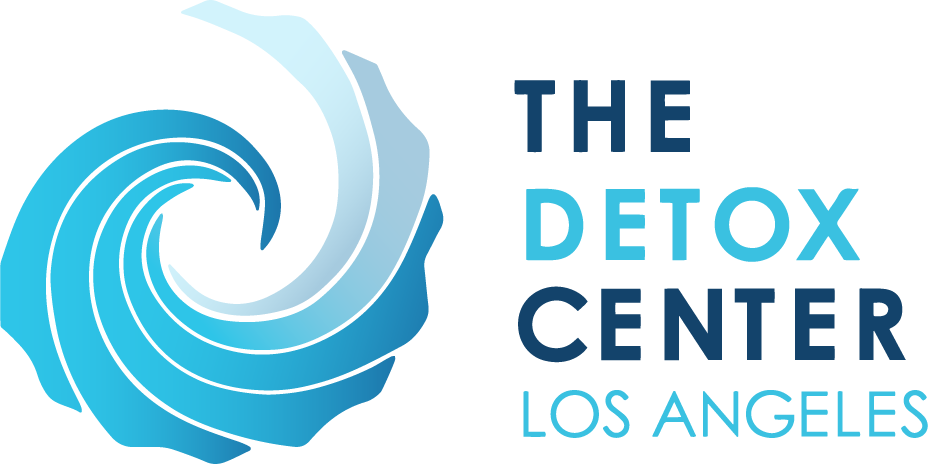The War on Drugs is a phrase used to refer to a government-led initiative that aims to stop illegal drug use, distribution, and trade by dramatically increasing prison sentences for both drug dealers and users. The movement started in the 1970s and is still evolving today. Over the years, people have had mixed reactions to the campaign, ranging from full-on support to claims that it has racist and political objectives.
The War on Drugs started in the 1970s. President Nixon officially commissioned the War on Drugs as a government-led initiative on 18th June 1971. The state and federal governments increased enforcement actions and strict sentencing laws. President Nixon declared drug abuse to be a public enemy one. Two years later, he created the Drug Enforcement Administration (DEA). The agency’s main goal was to synchronize every other agency’s efforts to battle drug use and trafficking.
Thus, the historical efforts on the war on drugs began. You may have heard some infamous cartels or dealers like Pablo Escobar. The United States government has registered multiple wins over the years. Still, experts argue that the efforts have been expensive and harsh, especially to low-level offenses. The economic impact has been severe. It has caused racial disparity, there is still an ongoing opioid epidemic, and the number of overdose deaths is still high.

War on Drugs History
States started banning and regulating the use and sale of drugs in the 1800s. However, the first federal law to ban a drug was in 1909 through The Smoking Opium Exclusion Act. The act banned possession, purchase, or smoking opium.
President Nixon named drug use or sale as public enemy number 1 in 1972, which he coined as the War on Drugs. One of the most important steps he took was to make marijuana illegal and classify it as a Schedule I drug.
The DEA had 1470 special agents at the start, and their budget was less than $75 million. Currently, the agency has $2.03 billion and about 5,000 agents. During the 1970s, 11 states decriminalized possession of marijuana. This conflicted with president Nixon’s laws as marijuana possession was still a federal offense.
However, President Jimmy Carter promised to decriminalize marijuana in his 1977 campaign. The Senate Judiciary Committee voted to make it legal to possess and personally use up to an ounce of marijuana.
President Reagan came into office in the 1980s and backed Nixon’s plan to expand the war on drugs, leading to multiple incarcerations. On the other hand, his wife Nancy Reagan started a campaign with the slogan ‘Just Say No.’ Nancy Reagan’s campaign was meant to help educate on the dangers of drugs. It was also meant to help overcome the most common addictions. The 80s also saw Congress pass inescapable minimum prison sentences for particular sentences.
War on Drugs Timeline
Four decades ago, the U.S. government declared a “war on drugs.” From the rise and fall of kingpins to current efforts to interdict and stamp out drugs, follow events:
July 14, 1969: In a special message to Congress, President Richard Nixon identifies drug abuse as “a serious national threat.” Citing a dramatic jump in drug-related juvenile arrests and street crime between 1960 and 1967, Nixon calls for a national anti-drug policy at the state and federal level.
June 1971: Nixon officially declares a “war on drugs,” identifying drug abuse as “public enemy No. 1.” Richard M. Nixon signed the Controlled Substances Act (CSA) into law in 1970. This statute calls for the regulation of certain drugs and substances.
July 1973: Nixon creates the Drug Enforcement Administration (DEA) to coordinate the efforts of all other agencies.
November 1975: Colombian police seize 600 kilograms of cocaine — the largest seizure to date — from a small plane. Drug traffickers respond with a vendetta, killing 40 people in one weekend in what’s known as the “Medellin Massacre.” The event signals the new power of Colombia’s cocaine industry, headquartered in Medellin.
1976: Former Georgia Gov. Jimmy Carter campaigns for president on a platform that includes decriminalizing marijuana and ending federal criminal penalties for possession of up to 1 ounce of the drug.
1979: Carlos Lehder, co-founder of the Medellin cartel, purchases a 165-acre island in the Bahamas. Small planes transporting drugs from Colombia to the United States use the island to refuel. Operations continue on the island until 1983.
War on Drugs Failure
The war on drugs had various impacts, and most were negative. They include:
- Loss of Lives: Many agents and cartel operatives have lost their lives in this war. Sadly, there have been a lot of innocents killed in the cross-fire.
- Racial Disparities: The war on drugs has caused a lot of racial disparities. Statistics show that 80% of those incarcerated for federal drug charges are people of color. 60% of those incarcerated for state drug charges are people of color. These statistics have caused an outcry from various critics and activists.
- Economic Impact: The United States has spent an estimate of $1trillion on the war on drugs since 1971. Research in 2015 also shows that the federal government spent about $3.3 billion annually to charge and incarcerate people with drug-related offenses.
- Opioid Epidemic: Despite the rigorous war on drugs, 2.4 million Americans, or 1 in every 100 Americans, have an opioid use disorder. Furthermore, the United States spends around 504 billion every year for justice healthcare and the economic impact of the opioid epidemic.
Interventions for the War on Drugs
Some interventions have been proposed and actualized to help minimize substance use disorder and the impact of the war on drugs. Furthermore, these interventions are meant to take the war on drugs as a health issue rather than a criminal justice issue. They are intended to encourage people and show why it is essential to reach out for help rather than hide. The interventions include:
1. Harm Reduction Measures
Naloxone has been one of the most effective harm reduction measures, as it helps reverse an opioid overdose. Thus, it saves about 180 lives every month in New York alone. The other impactful harm reduction program is creating syringe access programs like Supervised Injections Facilities (SIFs). They help to reduce the spread of diseases like HIV/AIDS, Hepatitis B, and more. Furthermore, they have helped to reduce the rate of overdose fatalities in many areas.
2. Law Enforcement Assisted Diversion (LEAD)
LEAD is a program that started in Seattle. Instead of making arrests, police officers take individuals to social services or treatment for use disorder. Individuals who undertake this program are 58% less likely to be arrested.

3. Drug Courts
A drug court is a unique court program that sentences individuals to supportive services, substance use disorder treatment, supervision & monitoring rather than sending them to prison. Participants of this system are 25% less likely to be rearrested for substance use disorder and actually helps to prevent relapse.
Substance Use Disorder Treatment at The Detox Center of Los Angeles
The Detox Center of Los Angeles is a fully licensed facility that offers alcohol and drug detox, rehabilitation and partial hospitalization services in Los Angeles, California. Our detox program helps you to get the substances out of your system successfully. Our residential program offers a safe environment, medication, and professionals to ease the withdrawal symptoms.

We help individuals to overcome use disorder for various substances and co-occurring disorders. Contact us now to start treatment for you or your loved one.
Conclusion
President Nixon officially started the war on drugs in 1971. Ronald Reagan expanded it in the 80s. The war on drugs has had a lot of impacts, mostly negative. There has been the loss of lives, racial disparities, adverse economic effects, and an ongoing opioid epidemic.
There have been many attempts to provide alternatives to the war on drugs. For example, President Jimmy Carter decriminalized marijuana in 1977. Furthermore, there have been other efforts like the Just Say No Campaign by Nancy Reagan, the establishment of drug courts, the Law Enforcement, and Assisted Division (LEAD) program, and harm reduction measures like the use of naloxone.
Rather than incarceration for minor drug charges, many people are advocating for treatment. Contact The Detox Center of Los Angeles now for substance use disorder treatment.






